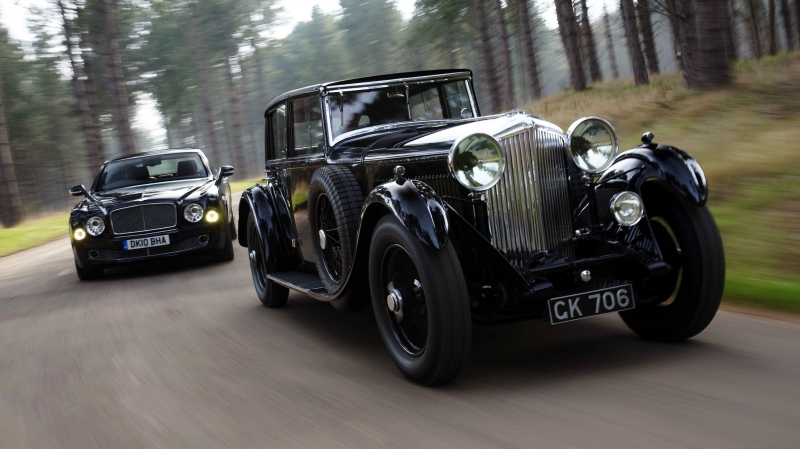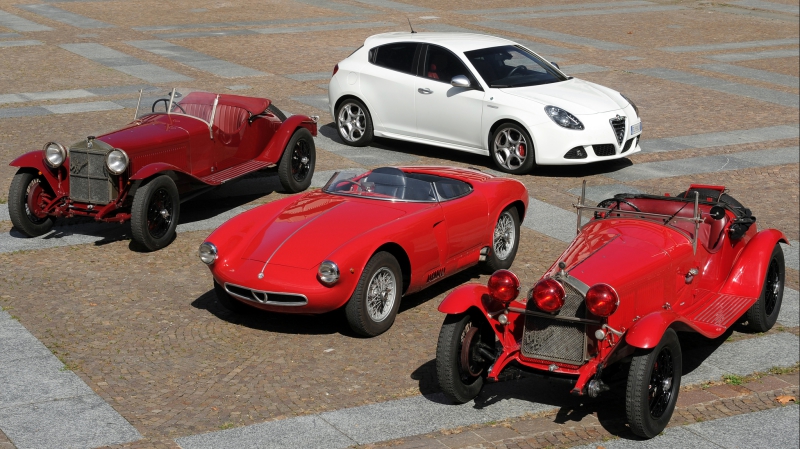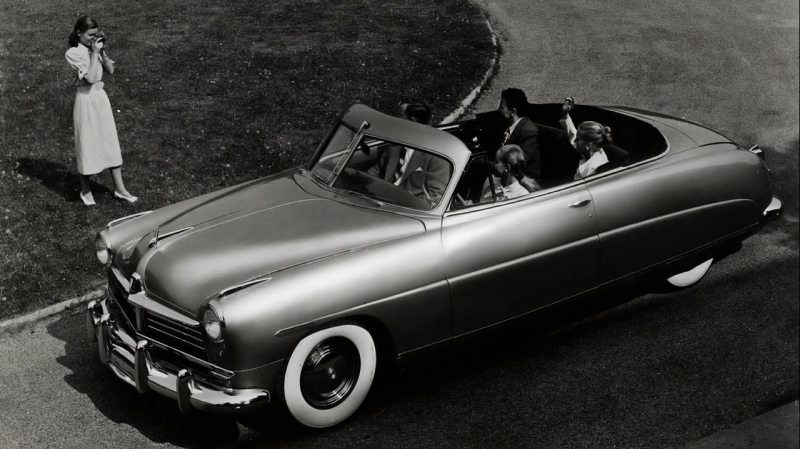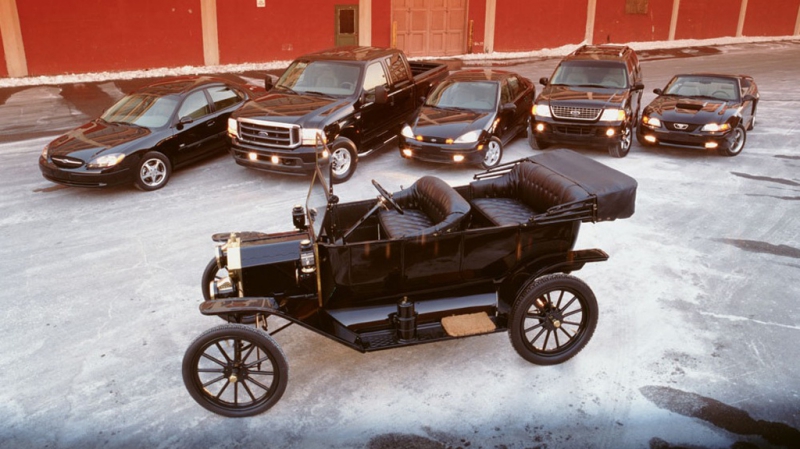As a species, we are pretty good at doing science things. We have split the atom, unlocked the genome, and even landed on a comet. Any school student will tell you that science experiments are the only fun they can have in school that doesn’t involve being Big Bob’s b-tch in PE.
On the other hand, the subject that any kid dread is history. History gets such a reputation for its tedium that its faculty is often regarded as brown tweed coat wearing sexless walking dictionaries; kinda like me on a Saturday night.
However, history itself isn’t boring. Humankind has a proven propensity to talk incessantly about the acts of great men and great events; we have been doing that in folklore and legends since we could form words. It is just that we hate tying it up these stories with exact dates in perfect filing order, because we as a species, are pretty crap at keeping time.
We can remember appointments or events if they are measured in single digit spans of time. three hours, five days, eight weeks, six months, nine years. But our estimation and comprehension of time get fuzzier the moment it goes into the double, or more, digits.
Here is a fun food for thought, most of us assume the Roman and Egyptian civilisations were within the same era. Isn’t it true? After all, didn’t Caesar and Cleopatra have a sordid affair on the banks of the Nile? But Caesar’s Rome was still a rising superpower, and Cleopatra wasn’t an Egyptian, she was Greek.
The height of the Roman Empire (98-117AD) is more than seven centuries closer to today than they were to the completion of the Pyramids of Giza (circa 2560BC). To put that into perspective, seven centuries ago the Black Death started killing off most of Europe. Its an unfathomable span of time as compared to the seven or eight decades we can hopefully expect to experience in a lifetime.
Likewise, we like to think of the car as we know it today, with its low ride height, to be the norm. Today’s flabby SUVs with its raised ride heights and gratuitous seating positions are an abomination unto cars. Though the truth is, the form of cars today only came about mid-way in the entirety of the automobile’s existence; roughly around the late-1940s to the beginning of 1950.

Before that, the size and seating position of cars were not that much different from SUVs of today. They were, after all, gigantic behemoths of iron with bodies astride a massive ladder frame, much like the pickup trucks of today.
However, if we were to go further back, into the origins of the first automobiles, they were basically horse-drawn carriages that swapped out the dirty, defecating horse that pulled it along on muscle and grunt, for a much cleaner and less-temperamental internal combustion engine that carried it onwards on the power of exploding petrol. The dashboard, an upright panel that prevented your carriage-puller from flinging its own feces in your face, is vestigial remains of an animal-drawn carriage. Even the leaf spring, those rudimentary but hardy suspension systems still favoured by pick-up trucks, was a carryover from pre-enlightenment days with its origins going as far back as the carriages of the 18th century.

Improvements in vehicle engineering and packaging through the 1920s, till the onset of World War II, gradually allowed engineers to lower a car’s ride height and its overall height, which eventually led to the creation of cars like the Hudson Commodore and the Cisitalia 202. Cars which set the mould for the rest of post-war cars.

We remember cars in this form today because, for one, there weren’t many running examples of pre-war cars on the road as they were largely the preserve of the wealthy, and the post-war era between the 1950s and 1960s saw a huge boom in the sort of cars we recognise today being sold. So our perception was dominated by the numerous cars of the 1950s onwards that were made affordable to the salaried man.

To cite the allegory of our own imperceptibility of time in the beginning of this story, it is worth noting that we are still within the same generation of the population who first experienced cars in its current form. As such, the rise of the SUV isn’t so much a change, but a return to the yesteryears; spurred on for many other reasons that I hope to cover one day.
To the generation that had passed, the automobile forms of today were an unimaginable future, and quite possibly the next will never see cars in the same light again. The car in the form that we know and have celebrated for the past 70 years, might be an anomalous occurrence in the history of human transportation.


One reply on “The “Car” as we Know it is an Anomaly”
My theory is that the default car of the future will be the SUV – as it has always been – until racing took precedence and then the eventual die down of the importance of racing.
Cars as we know it today, the definitive 3 box form factor came from the Mercedes 35hp. It was designed and created for racing. Hence the low slung body for low centre of gravity. And this has become the mainstay of the default car’s form factor.
But now that racing is no longer associated with selling, and that automakers have solved the SUV’s problem with centre of gravity, consumers will now see the benefits of SUVs more than the importance of the low slung bodies of 3 box sedans.
Thus the car as we know it today, will become an anomaly.